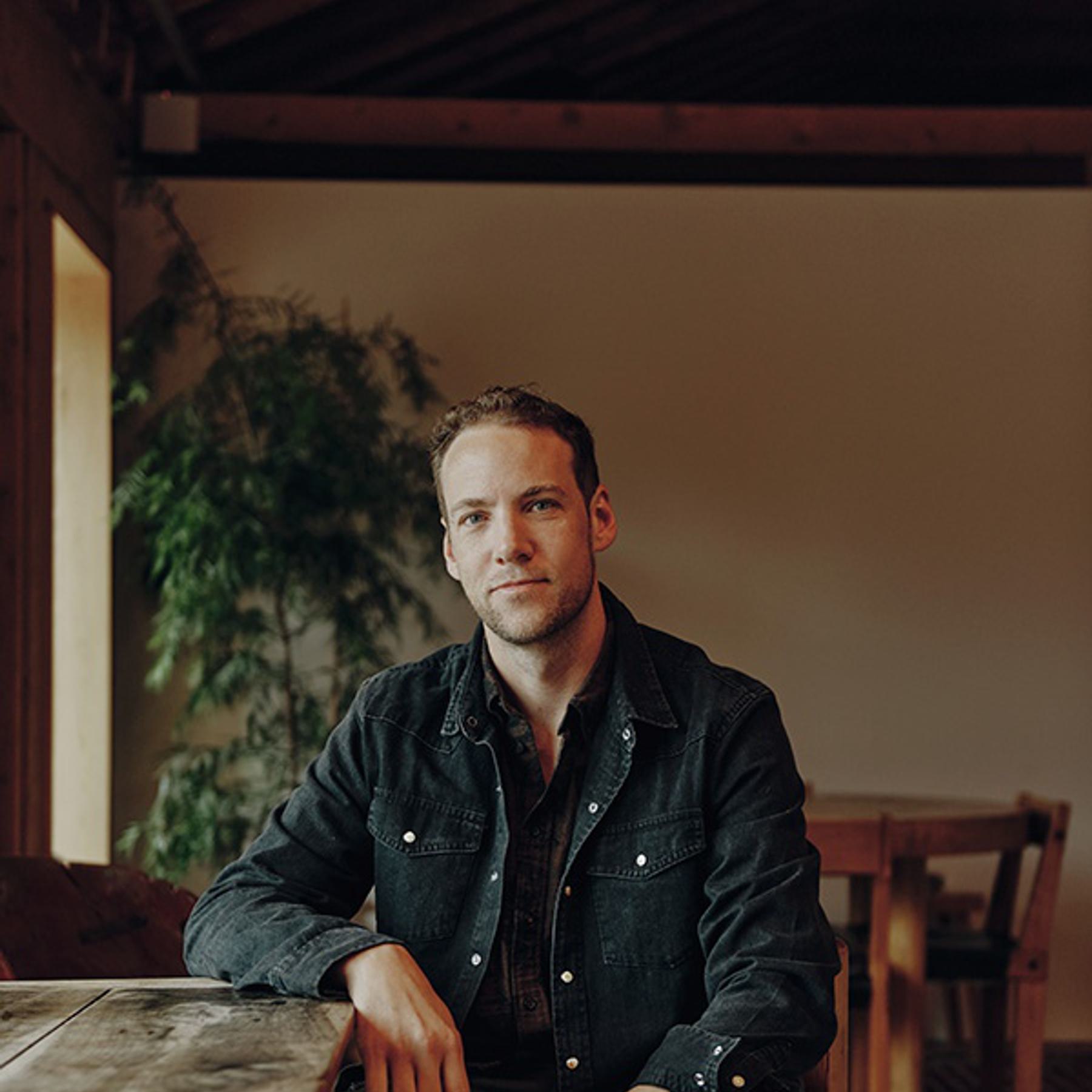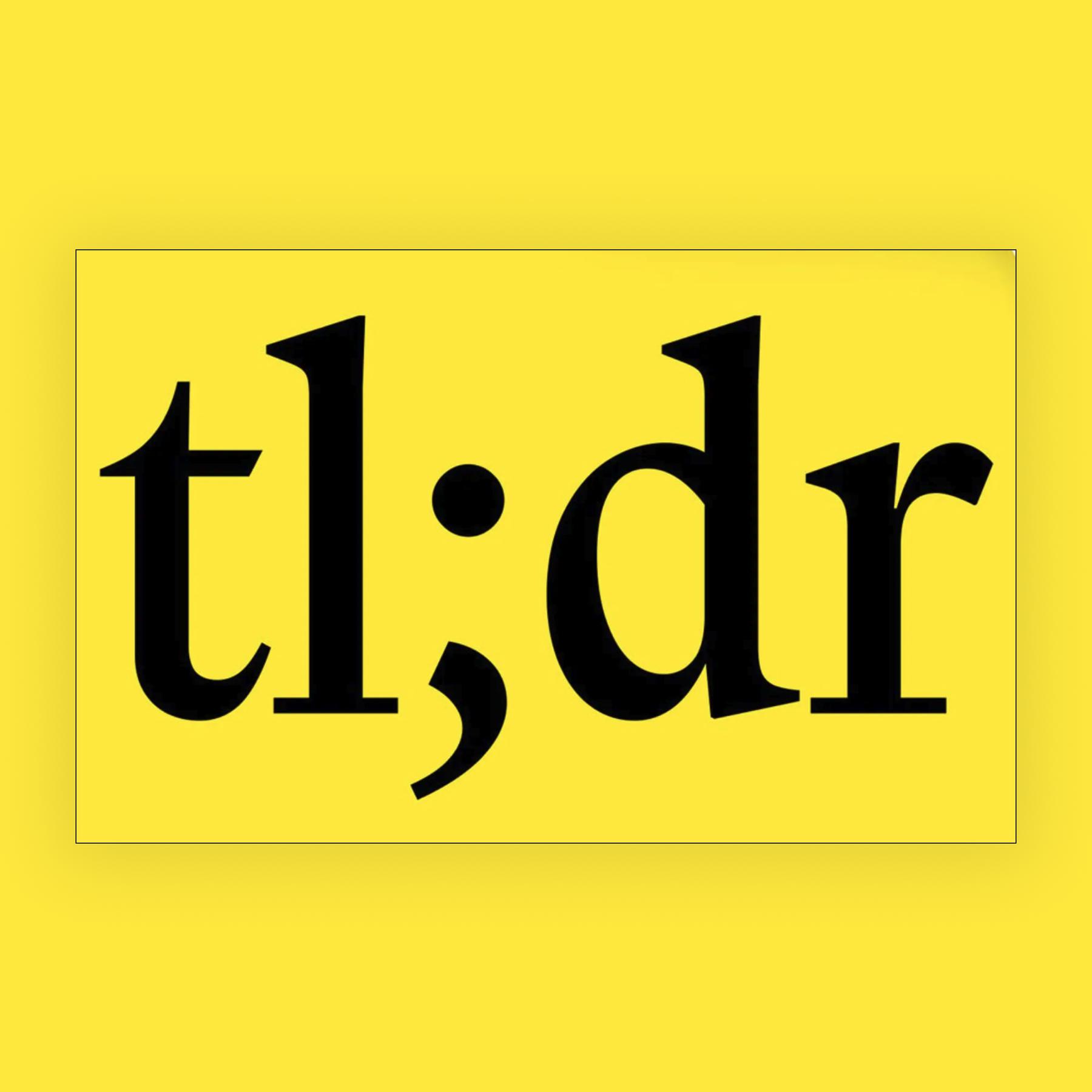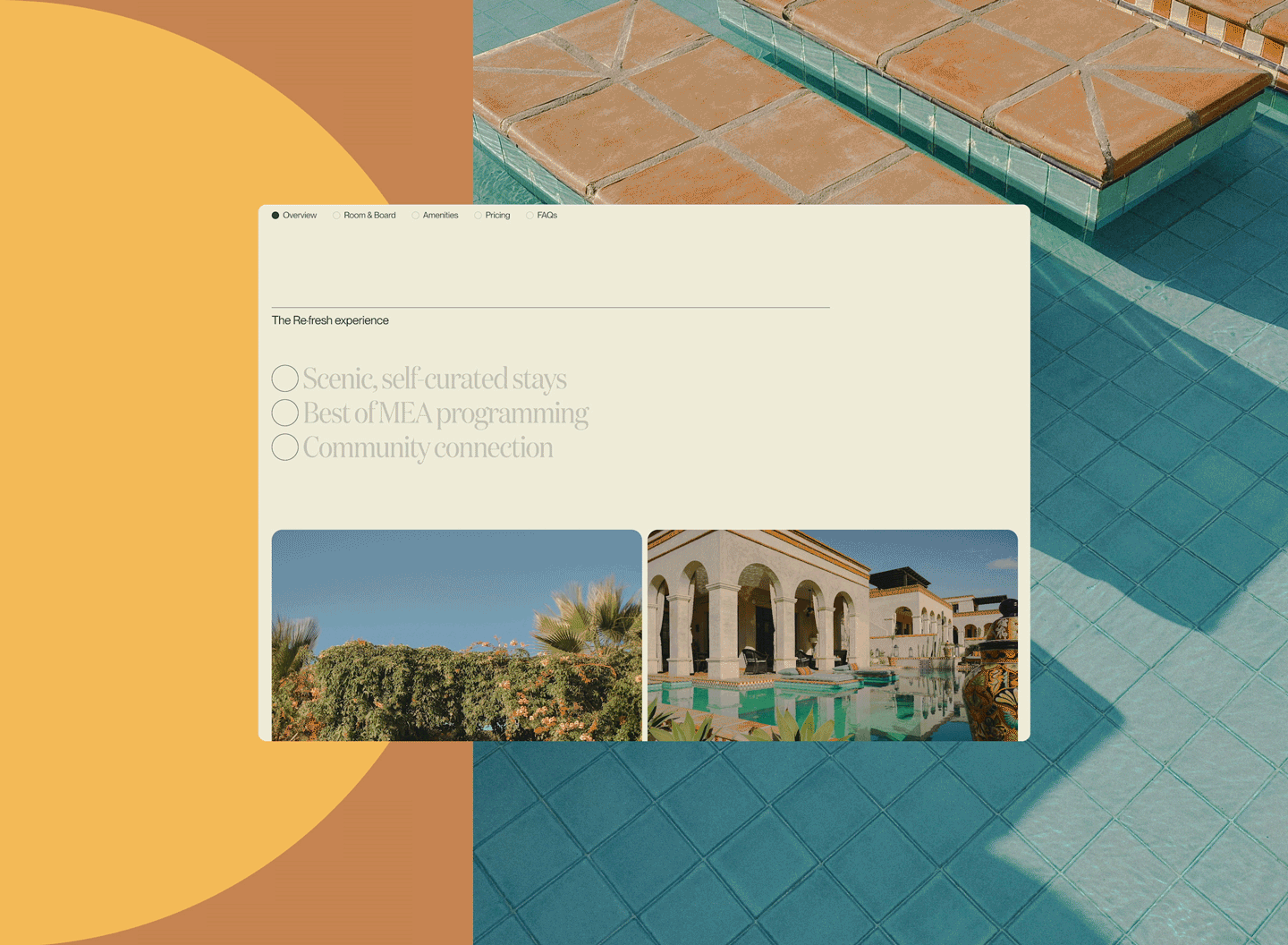We all love to hate requests for proposals – whether we write them or receive them. But many companies still use RFPs to solicit bids for website projects. So let’s talk about how to make them work.
We’ve seen a lot of different kinds of requests for proposals (RFPs) for web design and development projects large and small over the past decade. While not all projects at Upstatement start out as RFPs, a good number of them do. So we decided it might be worth taking a look at what makes an RFP successful, and some pitfalls to avoid in managing the proposal process.
What’s an RFP?
RFP stands for “request for proposal” and it’s de rigeur for organizations seeking vendors, consultants or products. It’s used in all kinds of industries and for all kinds of goods and services. For this reason, it’s fairly standardized in its format and use, and the internet is full of examples.
It’s the common currency of a company seeking bids for a project, and a good way to spread the news that you’re looking to hire a firm. But it can also be misused and abused in a number of ways that can be harmful to your project, result in a bad hire, or alienate potential partners.
A successful project relies on a great client-contractor fit and good project definition, and for many projects this all starts with a request for proposal. We’re going to go through what makes a successful RFP, from how to write it to how to talk about it with agencies and what to look for in a partner.
By the end of this, you should have a good idea of the role of the RFP in the process, be able to write one for your project, and know what to look for when you start receiving responses.
Do we still need RFPs?
It’s become trendy in the design industry to poo-poo RFPs, ask WTF and talk about “killing the RFP.” This is not without good reason. There are a lot of bad RFPs out there.
We actually think the RFP is fine — as long as you don’t fall in love with it. If you think of the RFP’s job as explaining the project to potential contractors and to serve as a clear, concise starting point for a conversation with a vendor, it can work pretty well.
A lot of the ire directed at the RFP has to do with when the RFP goes too far and starts prescribing solutions or the precise process for getting there. As design and development folks, we want to know what your goals are, what your organization is like, your motivations, your team and your budgets. But if you tell your creative partner how they should solve your problem, you may be short-circuiting their creativity and compromising your project before it’s even started.
What are some alternatives to the RFP?
It’s true: You don’t really need an RFP. There are lots of ways to hire an agency or a freelancer without going through the hoopla of an RFP process. Here are a few that we’ve found successful.
No RFP at all
In its simplest form you could just describe your project to prospective partners via email or over the phone, explaining what you’d like to do and why. This works well for small projects or projects where you’re talking with one or two firms or freelancers. It’s casual, and starts with a conversation, which is great. But this doesn’t scale and — as you might imagine — the tenth time you give your project pitch to a firm you might be thinking: “I should just write this down.”
If you go the word-of-mouth route, lead with a few test questions to determine fit before you give the long-form speech. Ask simple qualifying questions along the lines of:
- “Will you work with [XYZ technology]?”
- “Have you ever worked with a startup?”
- “Would you take on a project with this budget?”
- “Can you get started in four weeks?”
These questions can help you qualify potential partners before you sink time into explaining the project.
Opt for an RFI
Another, more formal approach but good alternative to the RFP is the RFI or request for information. I really like this method, and think it helps the work immensely.
An RFI puts the relationship first, not just the project requirements. An RFI is all about establishing fit and interviewing a potential vendor for their capabilities and approach to projects like yours. For large-scale or long-term projects, the health of the relationship between the vendor and the client will be a major factor, while the specific deliverables and dates will come and go.
We’d liken the RFI to dating, where you’re looking for someone whose companionship you enjoy and who vibes with you. The RFP is like saying “I need someone to eat 6.8oz of pasta and red sauce with me on Friday, no substitutions” while the RFI is about finding someone to share many meals with.
An initial discovery project
Zach Chandler writing on the Stanford Web services blog floats the idea of an “expository sketch” phase. It’s basically a call to do an exploratory research and definition phase instead of kicking off the big definitive project. It’s a great idea, and something we build into every project here at Upstatement. Sometimes this is part of a separate phase, and sometimes as the first part of our larger project together. The assumption is that most people don’t really know what they need to design or build, and should work with a trusted partner to figure it out.
If you start with, and insist on, a hard spec at the beginning, that’s likely the best you will get. By being open to the ideas of others, and stating the problem you want to solve rather than telling the vendor how to solve it for you, you may find that the outcome can be far better than you imagined.
Zach Chandler
The idea with all of these is to leave the idea of a hard specification behind and focus on your goals and conversations to illuminate possible methods of achieving them. With any service, you’re relying on a relationship to produce work that will satisfy your needs. It’s not as transactional as the traditional RFP wants it to be.
What should I include in my RFP?
A good RFP can include all kinds of things, and the best ones I’ve seen have a lot of personality. We’ll get to that in a second. First, at minimum you should include:
- A description of your company or organization with mission statement and history
- A description of the project or relationship you’re seeking
- The value of that project to your company and/or your users
- The parameters for the project, from technology to timeline and/or geography
- The project team on your side
- The project governance model (approvals, etc)
- The selection process and criteria for picking a vendor
- Any supplementary materials or background information
- The budget*
Project description
When describing your project, try to describe it in terms of what it needs to do or its goals and not just its features. Too many RFPs describe how many pages a site needs to have, or specific ideas about which share tools should be present and where. If you start by talking about how your project aims to benefit your company or your users or customers, you’re defining problems instead of solutions. The agencies you’ll evaluate are professional problem solvers who will surprise you with their creativity and ingenuity in solving your problem in a unique way.
Parameters
If you have any hard parameters around time or technology, be as up front with these as possible. If you’re looking for recommendations, this can be a good chance to hear from potential partners why they would recommend a certain approach. Be sure to have both eyes open when evaluating any vendors that push proprietary technology or subscription-based services. Sometimes this can work fine, but other times the labor is a loss-leader to get more customers on their platform. We’re pretty technology agnostic here at Upstatement, and we’ve had to clean up some projects for clients who went all-in on a tech platform owned by a previous vendor only to find that its features were lacking and they were locked in.
Timeline is also a very important parameter, and if you’re like most clients your answer to “when would you like this delivered?” is probably yesterday. There are a couple key dates you should be aware of: the proposal due date, the anticipated start window (ranges are good) and the anticipated launch window. Think milestones and not specific dates. Anything more detailed is likely to be blown very quickly, for no other reason than it’s impossible to predict the future. Let agencies know about key dates in your world, upcoming conferences, selling seasons, new product launches, etc. and give them leeway to help figure out how to capitalize on these milestones. And remember: It’s never too early to start talking with an agency about your project.
Personality
I also mentioned personality. This can be a huge factor in evaluating fit with agencies. While the RFP should mostly get down to business and communicate the basics, it can also subtly communicate what you’ll be like to work with. There are a lot of factors that contribute to a successful partnership, and client/agency fit is probably the biggest predictor of project success.
B-b-budget
*OK, let’s talk about budget. I know, you’re thinking “Wait, I should include my budget?” Often clients can be very sensitive about disclosing their budget, and while most clients give us a ballpark of what they’re looking to spend, some never do. In our opinion, this is a mistake as it leaves out a crucial factor in the project design process.
When we’re designing a project for a client, we’re trying to figure out how to achieve their goals inside of their time frame and within their budget. If you tell us you have $100,000 to allocate to the project, we’re going to do our best to create a proposal that achieves your goals within that budget. If we have no budget guidance, we’ll just assume you want to do everything to the max, and may come in far beyond your budget. In the world of custom design and engineering, you can spend an almost infinite amount adding features and refining. The government does it all the time.
But there are a lot of ways to achieve your goals, some big and expensive and some very simple. Our job is to help you get the best value for your budget or, if the economics aren’t right, to refer you to someone who might be a better fit.
One way or another, you’re going to have to talk with your agency about money. You can make the first move, signal transparency and ask your firm to act as a partner in figuring out the project together. You’re not buying a box of bolts or a fleet of tractor trailers, or even a website or logo; you’re purchasing time from a group of talented people who have experience solving problems like yours. Kicking off the relationship by asking for help designing the project can be a great way to get to know agencies and their approach to projects.
Should I ask for designs or work in advance?
You can, but don’t be surprised when you don’t get it. Spec work is a really dirty word in the industry, primarily because it asks professionals to do free work, but also because there’s almost no way that work can be very good. Unless you’re asking for something that’s incredibly straightforward, what you’re getting from a design team is a process of defining and solving problems for which there is no shortcut. Asking a design team for an initial or unresearched design or idea about how to solve your problem is bound to result in superficial and flimsy work. It won’t help you evaluate the true capabilities of a firm, and may alienate some potential partners.
Our clients make the decision to work with us based on our past work for other clients, and while they’re all in different fields and had different challenges, we explain how we identified their problems and worked to solve them. It’s not enough to evaluate the strength of the visual work, you want to evaluate the process and whether it will work with your group.
Where do I send my RFP?
To Upstatement! Seriously though, you could send it wide and far and post it to a public channel, or you could send it to a small number of prequalified firms. We’ve seen RFPs both ways. If your call for proposals has sensitive information in it or requires a deep discussion with a potential partner to understand, you may want to do some research and invite a select handful of firms to respond.
But if you’re looking to cast a wide net and see what you get back (and if you have the name recognition to drive competition for your business) you may benefit from a more public process. Some RFPs I’ve seen even ask the recipients to forward to people they think will be interested. Be prepared to be overwhelmed with response, or to spend a lot of time answering questions. The larger RFP calls usually have strict rules for questions and answers to make it easier on the client and fair to all those submitting proposals.
The takeaway
RFP’s aren’t inherently bad, they can be great for succinctly describing your project and weeding out agencies that won’t be a good fit. But RFPs aren’t good for building relationships, which is the foundation of good work.
Look for agencies and individuals you respect and trust, and if you use an RFP, use it as a tool to build a partnership that will result in great work.





